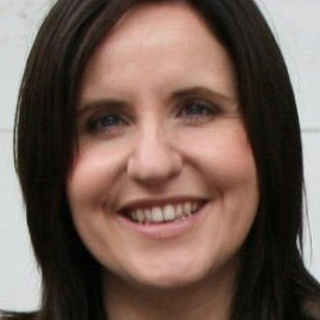Making Inclusive Products
The People In The Room
Patricia Aas, 17 August 2017
I have spent some time trying to explain the issues around the “Googler memo” lately, and it has made some things clear to me. First of all, most of us want to make the best products we can. We also realise that this means that those products have to work for all kinds of people. The problem is: It has become increasingly clear that we are not doing a great job catering to needs we don’t have ourselves. We are creating products that don’t work on people with dark skin, doesn’t cater to the needs of women, are offensive to people with different gender identities etc.
Being programmers, this drives us immediately to the question : Ok, so how do we fix it?
First we have to define the criteria for success and I will try illustrate that with a scenario.
Our team has been tasked with making an online form where our users are asked fill in information about themselves. Without thinking too much about it, a bunch of fields have been drafted up. We are about to fall into the gender rabbit hole. Now, if our entire team is cis (identifying with our birth gender) we will probably fall right in, without noticing.
What we need is Kim. Kim identifies as non binary. Kim uses the “they” pronoun online. Kim doesn’t like having to fill in gender info online, or selecting titles like “Mr” or “Mrs”, all of which makes Kim feel very uncomfortable.
So, first of all, we need Kim in the room.
Problem is, maybe we have Kim in the room. Maybe Kim has never told anyone at work of their non binary gender identity, afraid of what the consequences would be.
So, secondly, we need Kim to feel safe enough to speak up.
Problem is, maybe Kim has already spoken. Possibly keeping it impersonal, saying : “Maybe we should not focus so much on the gender? Does it really matter? Some people might not feel comfortable with that.” Problem is, all the cis team members think that this is a hassle, and who cares really? “Listen, they can just check something, it’s not like it matters?” Maybe Kim is extra brave and says: “Well, if it doesn’t matter, then why are we asking?” Problem is, nobody is listening.
So, thirdly, we clearly need the other people in the room to listen to Kim.
Yes, we need our teams to be more diverse, but that diversity is obviously not enough. We need people to feel safe speaking up about concerns, to go against the grain a bit, to make the rest of us aware. And lastly, we need the others in the room to listen, and to take that feedback into account when making decisions.
Only when everyone feels safe and their input is valued, will we be able to reap the benefits of our diversity. Only then will we be able to create creative spaces where we can make products for everyone.
